Butterfly Pea Flower Tea : Blue Tisane
“Would you like to try butterfly pea flower tea?” asked a friend as we were getting ready to order drinks at a small restaurant in Georgetown. After several days eating and drinking through this charming town on the Malaysian island of Penang, I already knew that I was in for a treat. Georgetown’s legacy as a trading entrepôt is its blend of cultures—Malay, Chinese, Indian—that results in a diverse and vibrant cuisine. A standard hotel map will organize the town’s sightseeing locations by the different delicacies one can taste around its neighborhoods, from noodle soups and seafood curries to coconut-scented cakes and dim sum. Of course, I had to try the butterfly pea flower tea.
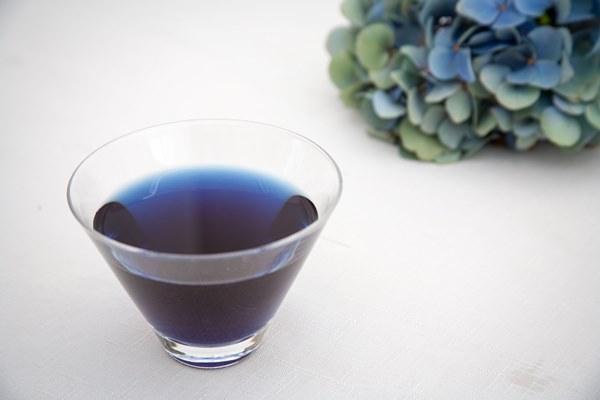
When the tea came, it was the color of sapphire, an intense, vivid blue. Crushed lemongrass stalks gave it a heady floral and citrusy perfume. As my friend explained, butterfly pea flowers have a mild earthy taste, and the tea—or more properly, tisane—is mixed with other ingredients to give it a bolder flavor, such as fragrant herbs and spices. The color, however, is so striking that it’s a beloved ingredient in drinks, cakes and even savory dishes such as nasi kerabu, rice with coconut stewed chicken and a variety of accompaniments. Local lore has it that butterfly pea flower tisane is rejuvenating and toning. I found it mesmerizing.
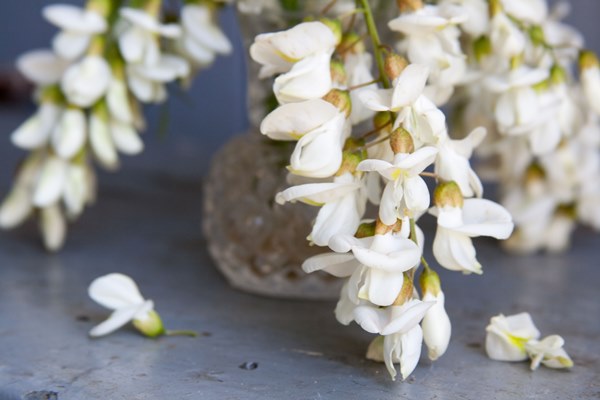
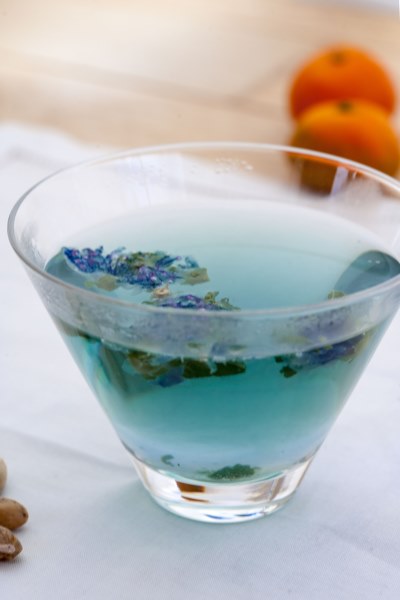
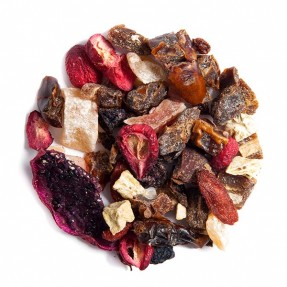
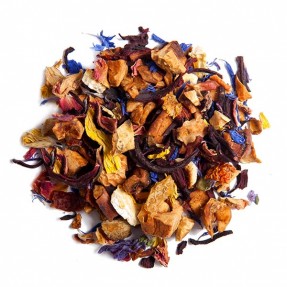













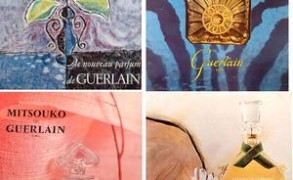


Yuliya Luk in Hermes Un Jardin Sur Le Nil : Fragrance Review: I want to say that after trying many perfumes from Hermes, I was not ready to buy them and use them. I received this scent as a gift from my… April 25, 2024 at 9:30pm